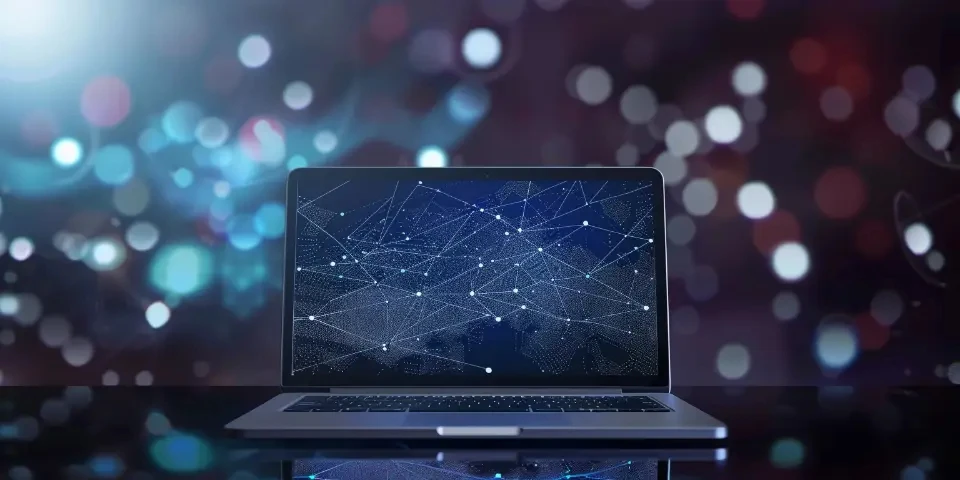Maximizing Workplace Efficiency with AI-Driven Automation
Artificial Intelligence (AI) has revolutionized various industries, and its impact on workplace efficiency is undeniable. By automating repetitive tasks, streamlining processes, and providing valuable insights, AI-driven automation can enhance productivity, reduce costs, and enable employees to focus on more strategic and creative work. In this article, we will explore the different ways AI-driven automation maximizes workplace efficiency.
1. Streamlining Workflow
AI-powered automation tools can analyze and optimize workflows, identifying bottlenecks and suggesting improvements. By identifying and eliminating unnecessary steps or redundant processes, companies can streamline their workflow and boost efficiency. For example, software such as Trello or Asana can help teams better manage and prioritize their tasks, ensuring everyone stays on track and deadlines are met.

2. Enhancing Communication
Efficient communication is crucial for any organization, and AI-driven automation tools can facilitate seamless collaboration. Chatbots integrated into communication platforms can provide instant responses to common employee queries, reducing the time spent on repetitive tasks. Moreover, AI tools like Slack or Microsoft Teams can analyze communication patterns to identify potential gaps or misunderstandings, enabling teams to address issues promptly.
3. Improving Decision Making
AI algorithms can analyze vast amounts of data, providing valuable insights to inform decision making. Through pattern recognition and predictive analytics, AI-driven automation can help businesses make data-driven decisions more quickly and accurately. Tools like Tableau or Power BI enable users to visualize complex data sets, making it easier to identify trends, outliers, and potential opportunities.
4. Automating Repetitive Tasks
AI-driven automation can handle repetitive and mundane tasks, freeing up employees' time for higher-value work. Chatbots or virtual assistants can respond to customer inquiries, perform data entry tasks, or schedule appointments, reducing the need for human intervention. With machines taking care of repetitive tasks, employees can focus on innovation, problem-solving, and building meaningful relationships with customers.
5. Enhancing Customer Service
AI-powered automation tools can improve customer service by providing personalized experiences and quick support. Virtual assistants can analyze past interactions to tailor responses, ensuring customers feel heard and understood. Additionally, software like Zendesk or Freshdesk can automatically categorize and route customer tickets, ensuring they reach the right department for quick resolution.
6. Predictive Maintenance
AI-driven automation can optimize maintenance schedules by predicting equipment failures before they occur. By analyzing historical data and detecting patterns, AI systems can identify potential issues and schedule maintenance accordingly. This proactive approach minimizes downtime, reduces costs associated with reactive maintenance, and maximizes the lifespan of assets.
7. Improving Recruitment Process
AI-driven automation can streamline and enhance the recruitment process, saving both time and effort. Intelligent algorithms can screen resumes, identify qualified candidates, and even conduct initial interviews. Platforms such as LinkedIn Talent Solutions or HireVue leverage AI to match job requirements with candidate skills, facilitating efficient recruitment.
8. Enhancing Cybersecurity
Cybersecurity threats are a major concern for businesses, and AI-driven automation can strengthen defenses. AI algorithms can identify and respond to potential security breaches more rapidly than humans. Tools like IBM Watson for Cybersecurity or Darktrace use AI to detect unusual patterns and behaviors, protecting sensitive data and preventing cyber attacks.
FAQs:
Q1. Will AI-driven automation replace human jobs?
A1. While AI-driven automation may eliminate some jobs, it also creates new opportunities. AI technology helps employees focus on more strategic and creative tasks, ultimately leading to higher job satisfaction and increased productivity.
Q2. Is AI-driven automation only applicable to large enterprises?
A2. AI-driven automation can benefit organizations of all sizes. Many automation tools are scalable and customizable, making them accessible to small and medium-sized businesses as well.
Q3. Can AI-driven automation improve workplace safety?
A3. Yes, AI-driven automation can enhance workplace safety. AI-powered sensors and cameras can detect potential hazards or unsafe conditions, enabling organizations to take preventive measures and reduce accidents.
Explore your companion in WeMate